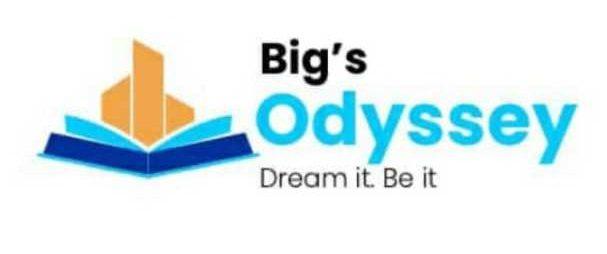A teaching portfolio is basically a collection of information about an educator’s practice in relation to student learning.
The portfolio could contain a summary of your experiences and responsibilities as an educator, your statement of teaching philosophy and goals, teaching methods and strategies and activities undertaken to improve your teaching goals.
Teachers develop portfolios to demonstrate their achievement. Later, they may present these portfolios at job interviews. Often times, in organised settings, administrators invite teachers to become architects of their own professional development by having them create portfolios based on their individual growth plans.
A portfolio might include items such as lesson plans, anecdotal records, student projects, class newsletters, videotapes, annual evaluations, letters of recommendation, and so on. It is important, however, to carefully select the contents of the finished portfolio so that it is manageable, both for the person who constructs it and for those who will review it.
Depending on the purpose of the portfolio, the educator may include information relevant to the purpose for which it is needed.
General Portfolio Format
Background information:
-
- Curriculum Vitae
- Background Information on Teacher and Teaching Context
- Educational Philosophy and Teaching Goals
Teaching Artifacts and Reflections:
-
- Documentation of an Extended Teaching Activity
- Overview of Unit Goals and Instructional Plan
- List of Resources Used in Unit
- Two Consecutive Lesson Plans
- Videotape of Teaching
- Student Work Samples
- Evaluation of Student Work
- Reflective Commentary by the Teacher
Professional Information
-
- List of Professional Activities
- Letters of Recommendation
- Formal Evaluations
There are many approaches to developing a teaching portfolio. The following one involves articulating an educational philosophy and identifying goals, building and refining the portfolio, and framing the contents for presentation to others.
-
- Explain your educational philosophy and teaching goals. Describe key
principles that form the basis of your practice. These principles will help you
select goals for your portfolio. - Choose specific features of your instructional program to document. Collect a
wide range of artefacts, and date and annotate them so you will remember
important details when assembling the final portfolio. Consider keeping a
journal for written reflections on your teaching. - Collaborate with a mentor and other colleagues. This is an essential, but often
overlooked, part of the process. Ideally, your mentor will have experience bothin teaching and in portfolio construction. And consider meeting at regular intervals to discuss your teaching and your portfolio with a group of colleagues. - Assemble your portfolio in a form that others can readily examine. While any
number of containers will work, the easiest to organize and handle seems to be
a loose-leaf notebook. (Electronic portfolios may soon replace notebooks.) - Assess the portfolio. Assessment can range from an informal self-assessment to
formal scoring by certified bodies. Criteria for assessing outstanding teachers
include assessment and instruction, content and pedagogy, and collaboration
and partnership. - Portfolios are important in the teaching profession. When educators scrutinize their own practices, they are likely to improve. The examples of accomplished practice that
portfolios provide also can be studied and adapted for use in other classrooms.
Too often, good teaching vanishes without a trace because we have no structure or
tradition for preserving the best of what teachers do. Portfolios allow teachers to retain
examples of good teaching so they can examine them, talk about them, adapt them,
and adopt them.
- Explain your educational philosophy and teaching goals. Describe key
The whole essence of creating portfolios is not to create outstanding portfolios but to
bring to bear outstanding teaching and learning experiences.

